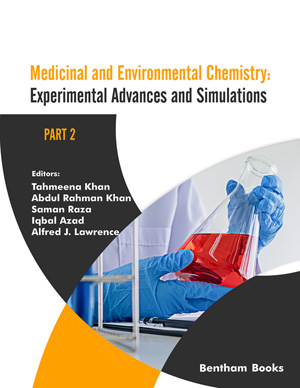Abstract
Antibiotics have been used as antimicrobial agents to fight a variety of infectious diseases, for the past more than 100 years. Apart from this, they are also extensively used in animal farming, agriculture, and aquaculture, all over the world. However, this frequent and large-scale overuse and incorrect use lead to the excessive dispersal of antibiotics in water and soil, resulting in their accumulation in the environment, which is known as antibiotic pollution. The removal of antibiotics from water and soil is complicated due to their non-biodegradable nature, and special techniques must be used for the same. This pollution has serious implications on both human health and the ecological balance. The major adverse effect is antibiotic resistance, wherein, microbes become less susceptible to treatment with antibiotics, posing problems for both the patient and the physician. This chapter describes the causes and consequences of antibiotic pollution, the challenges it presents, and the strategies to counter them.
Keywords: Adjuvant-therapy, Antibiotic, AOP, Beta-lactam, Efflux, Inhibitors, Non-biodegradable, Non-target, Permeabilizers, Pollution, Resistance, Wastewater.






















